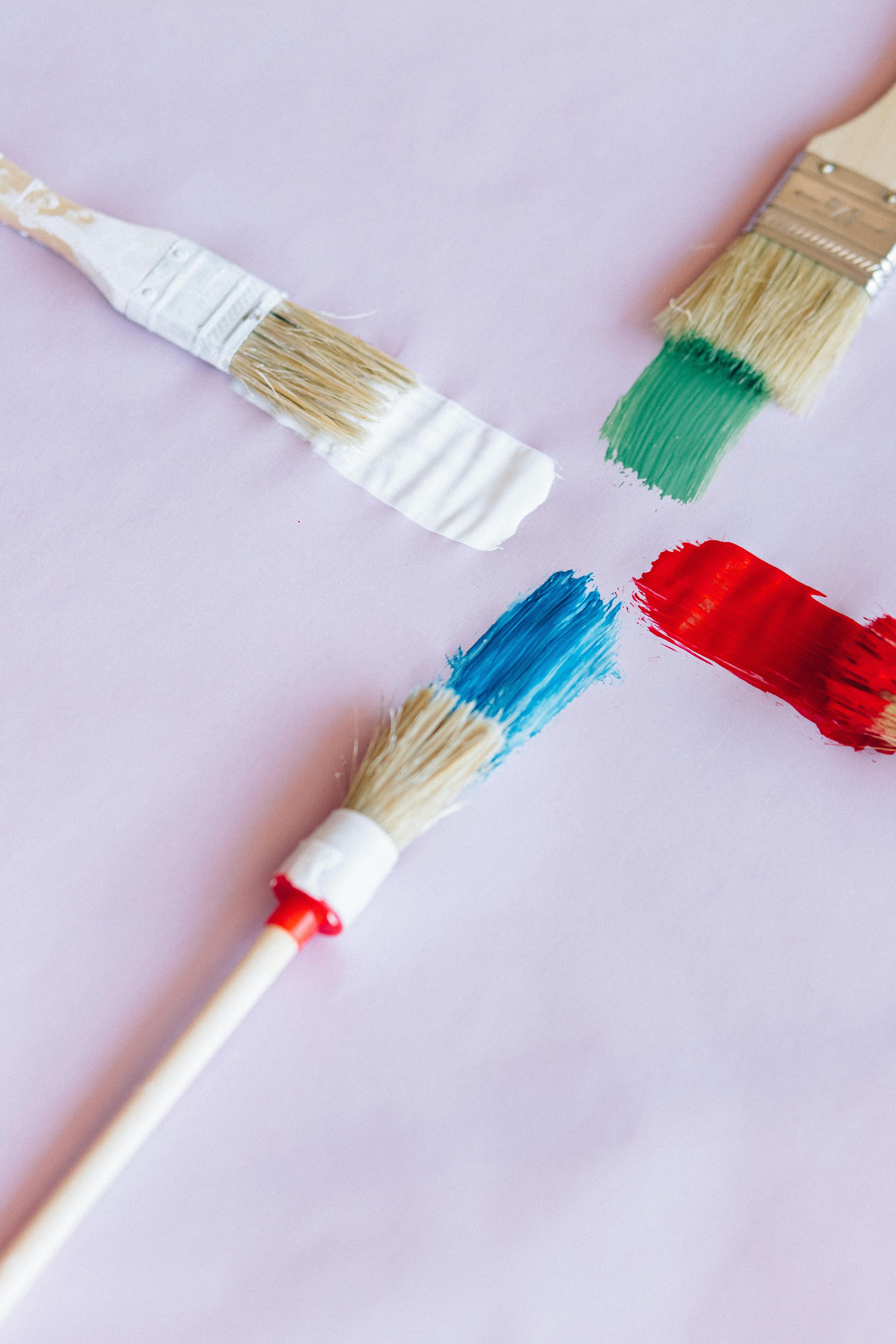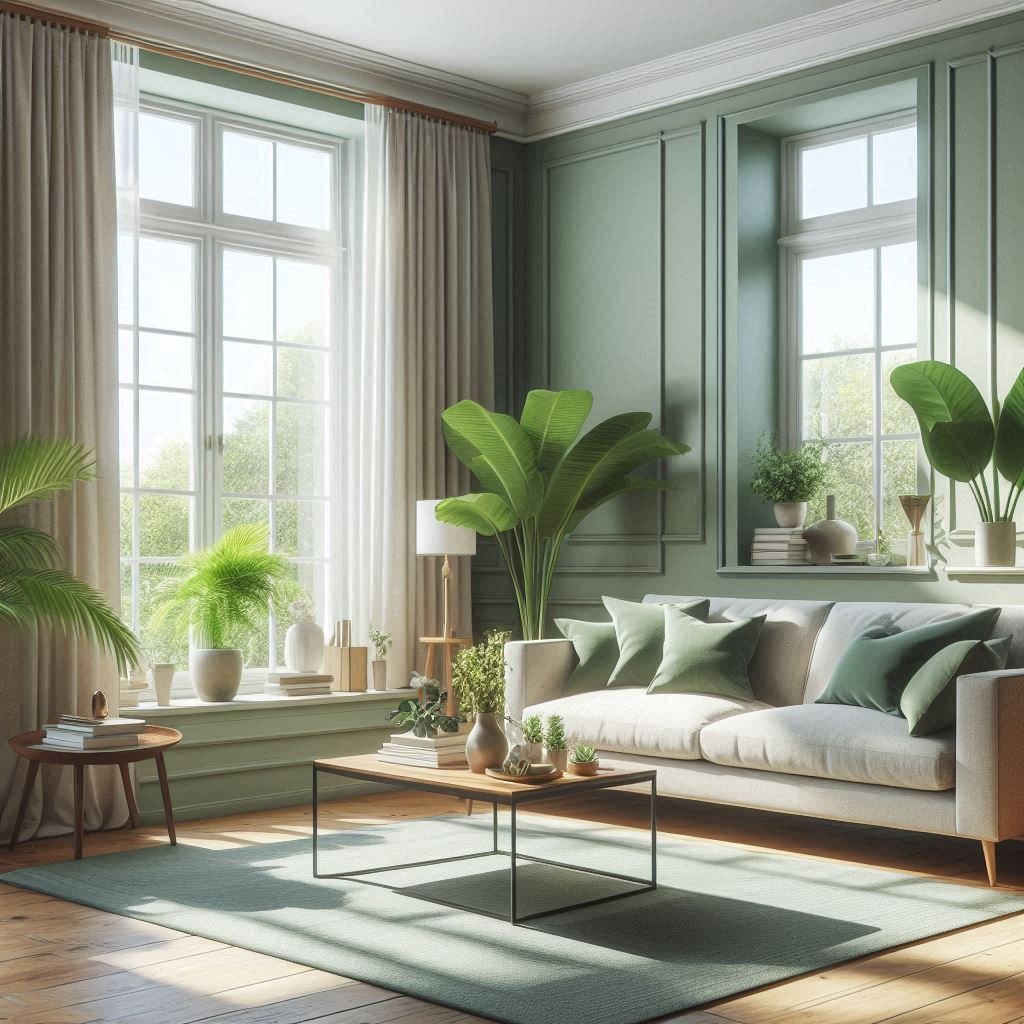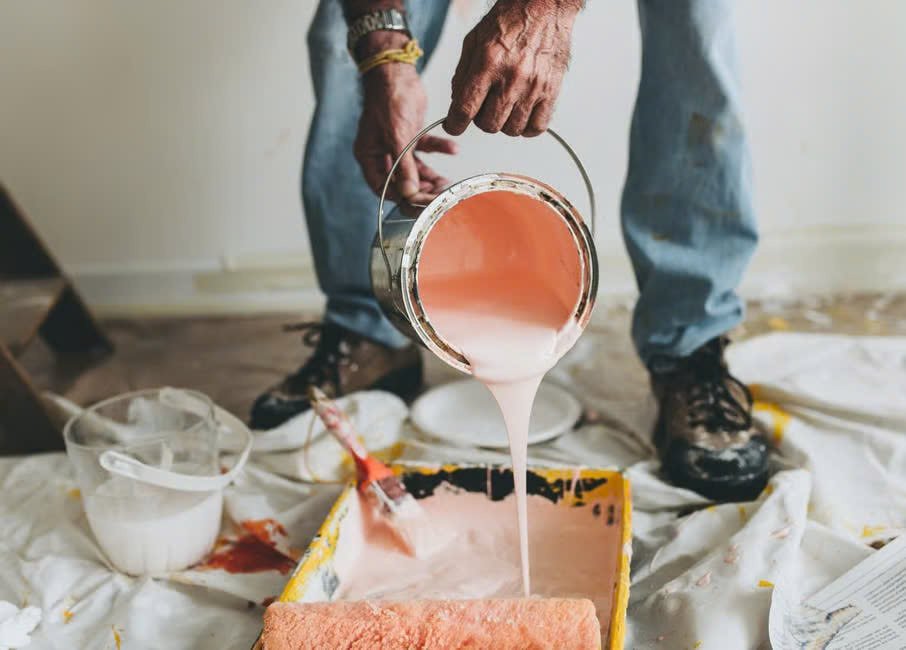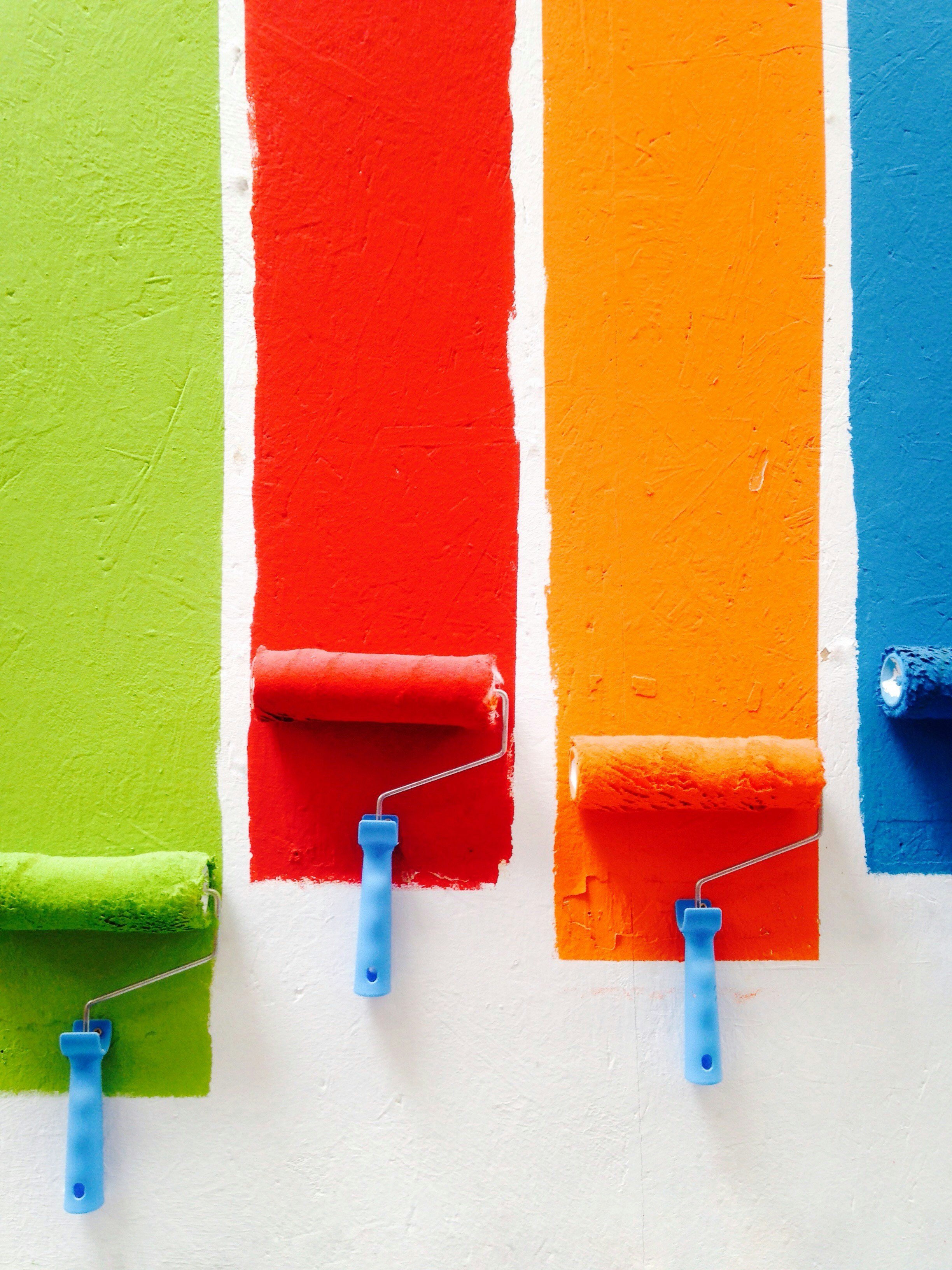The Ultimate Guide to Selecting the Right Paint for Your Space
Discover the ultimate guide to selecting the right paint for your space, covering color choices, finishes, and expert tips for a flawless result.
Some say that the largest empty space in your home might probably be your walls. Therefore, your choice of paint or wallpaper or even wall décor can make a world of a difference to how the interior of your space looks. Selecting the absolute right paint for your space is an important decision and here is how to get it right.
Mastering The Art of Swatches
No one can decide on an exact color tint when there are usually hundreds of options at any hardware store or design studio. Even if you have green on your mind for example, there are usually going to be dozens of choices which is why you need to know how to navigate the swatch board. As a general rule of thumb colors are usually displayed according to the hue or temperature of the color shade.
Temperature is a good place to start when you are imagining the color of your walls as warm or cool hues have very different effects on mood and the imagination. The ‘temperature’ of the color you choose also ties in closely with the design aesthetic as cooler tones can be more suitable for beach houses for example or houses in warmer or temperature climates and warm, rich tones can be attributed to an older, regal and more elegant style. Many modern styles however opt for neutral tones like grey, beige and cream and these colors open up a space and often make it look larger and more spacious.
A designer hack is to choose colors that all fall within the same color family for greater design cohesion in your home. Choosing variations of the same color family can create a synergistic environment that is easier to style and easy to blend into an overarching design concept. Take a few swatches and samples home to test how each looks on your wall before making a final decision.
Paint Type For Each Home’s Unique Needs
There are many different types of paint out there that serve different lifestyle needs. Here are some of the most commonly available paint types that are used for both residential and industrial painting.
Aluminum paint is used for some residential purposes but mostly industrial or commercial ones. This paint is extremely durable and reflective as it is made from bits of aluminum finely ground into the mixture. It may be used on roofs in warmer climates since it reflects the rays of the sun and aids insulation in spaces that would otherwise require extensive air conditioning.
Rubber paint is used for certain interiors and exteriors due to its rugged appeal and durability. It provides excellent protection against environmental factors such as sun, wind, rain or snow.
Distemper paint is a great option if you are sure about your color choice and would prefer not to have to reapply paint every decade or so. Distemper paint or cement paint as it is commonly called is very durable and can stand the test of time along with imparting an aesthetic appeal with its special textured finish.
Emulsion paint is the most common type of residential wall paint you can find and each company has a few different varieties that they sell for different uses in the home. Emulsion paints tend to be water-based so they are easy for homeowners to use as they apply smoothly, are easy to dilute and dry faster than other varieties as well. Homeowners that want to give their space a makeover on their own can use emulsion paints comfortably. Plastic and semi-plastic emulsions are good for living spaces as they allow marks to be removed easily especially in the case of the latter.
Enamel paint is a high-quality choice for home paint according to residential interior painters and it lasts well and is water resistant. It costs more than regular emulsion paint but it does tend to have a high-gloss finish and a more extensive scope of application from kitchens to bathrooms to vanity areas.
Conclusion
Choosing the right paint is all about knowledge and budget as each space boasts its own unique possibilities. Certain colors can make a space pop depending on the décor concept and others can make a space appear lifeless and dull. The texture and finish of the paint (high-gloss, satin or matte to name a few) also matters in relation to aesthetic appeal and longevity.









